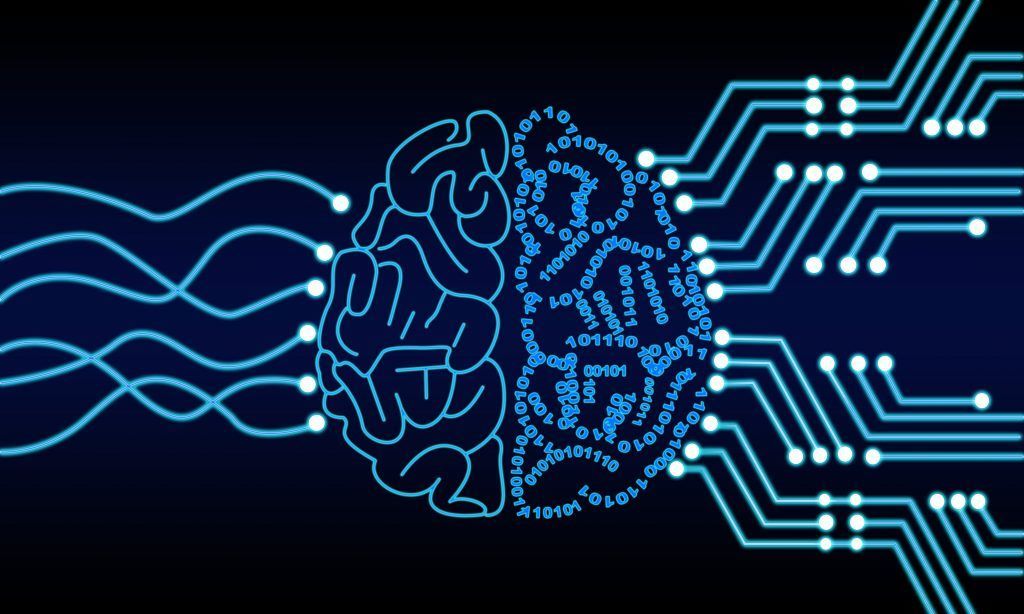Artificial Intelligence (AI) has been a topic of conversation for many years. A major feature in Science Fiction as both a benevolent and malevolent force. These types of Artificial Intelligence would be classified as Artificial General Intelligence (often called Strong AI). These are AIs that can perform any intellectual task a human could. In some cases these even Artificial Super Intelligences which surpasses our meagre human capabilities.
We are still a very long way from Artificial General Intelligence, let alone Artificial Super Intelligence. How far away are we from Artificial General Intelligence? It always seems to be about 30 years away.
AI Today
What we see today is Artificial Narrow Intelligence (or Weak AI). This is AI that has been primarily developed for one single task. There are many implementations that we are aware of, such as self driving cars, and those that are so much part of our everyday lives that we don’t realise that AI lies behind them – Google Maps and ReCaptcha for example.
Most of the recent work in the AI field has concentrated on Machine Learning. This is a process that trains AI programs to identify patterns in a wide variety of data such as text, speech and images.
Machine Learning
Think back to your maths lessons at school and the formula for a straight line
y = mx + c
Typically you would be asked to solve y, or maybe x.
With Machine Learning that gets turned upside down. The program would be fed a series of y = x values and the AI would work out the formula – or at least a formula, it might not be the traditional one!
Machine Learning can use supervised and unsupervised learning. Supervised learning provides the AI with labelled training data – e.g. a photo of a cat is labelled cat, a photo of a dog is labelled dog – which categorises the data you want to evaluate. Unsupervised learning doesn’t use labelled data and its aim is to find patterns in the data on its own.
Training an AI
Most of the implementations around today use supervised learning which does require a lot of human input.
Deep Learning
A subset of Machine Learning, Deep Learning takes this a lot further. This approach creates layers of algorithms using Artificial Neural Networks. Deep Learning has the advantage of discovering the features to be used for classification whereas the Machine Learning needs to be told.
Reinforcement Learning
Reinforcement Learning is an exciting area of current research and development. Rather than seeking to classify data it is more of a goal seeking approach. The aim is to train the AI to make a sequence of decisions to maximise reward. A gaming approach is used and the AI learns from it’s own experience. This is the sort of learning used when AIs learn to play games such as the AlphaGo program from DeepMind.
To follow
I hope this has given you an overview. In future blogs I’ll be concentrating on Supervised Machine/Deep Learning, at least to start with.























 © 1990-2024 Systematic Marketing Ltd © All rights reserved.
© 1990-2024 Systematic Marketing Ltd © All rights reserved.